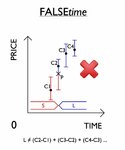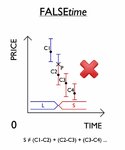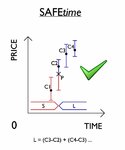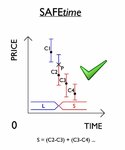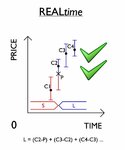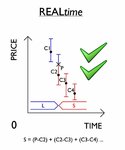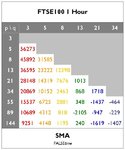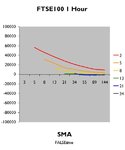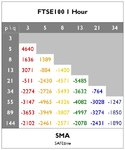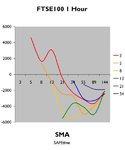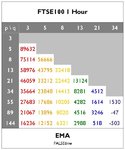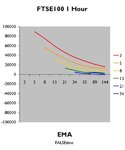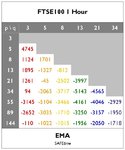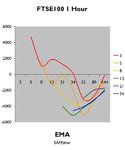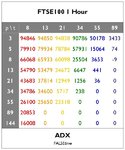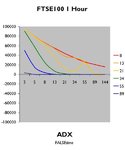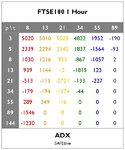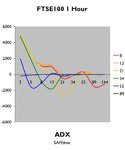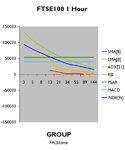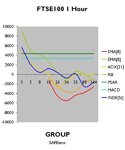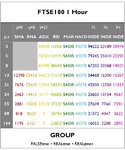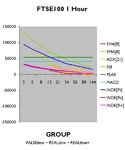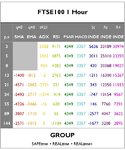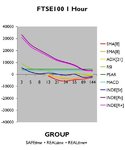PollyM
Active member
- Messages
- 195
- Likes
- 7
On this thread I am going to start a series of posts which will discuss how to calculate high probability trades, so to give new traders a springboard into trading.
The aspects discussed will have a breadth of application, focusing first on learning how to trade one market well with small stakes, and building up from there.
I will look to post every weekday, although some days I’m away from the computer and this may not be possible, but will aim to keep a good rhythm going overall.
Some posts may be quite long, some quite short, depending on the time available. The sequencing of the posts may also be quite abstract at times, although any particular queries raised by reply will likely be answered over time as the posts unfold.
I have no idea at this stage how may posts there will be, but all basic aspects will be covered.
The aspects discussed will have a breadth of application, focusing first on learning how to trade one market well with small stakes, and building up from there.
I will look to post every weekday, although some days I’m away from the computer and this may not be possible, but will aim to keep a good rhythm going overall.
Some posts may be quite long, some quite short, depending on the time available. The sequencing of the posts may also be quite abstract at times, although any particular queries raised by reply will likely be answered over time as the posts unfold.
I have no idea at this stage how may posts there will be, but all basic aspects will be covered.

